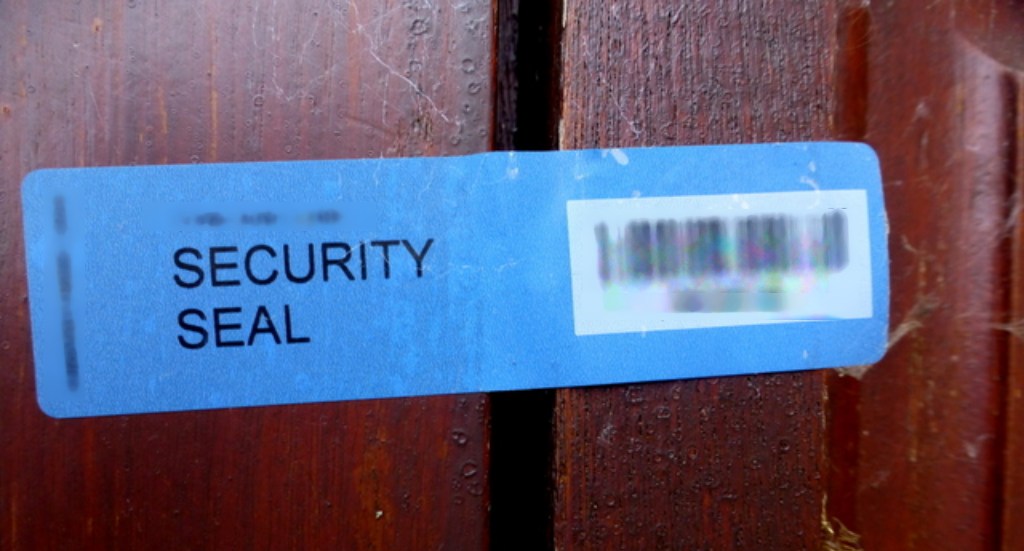The applications of these little passive security devices that come to mind first when we recite our mantra about “sealing the world” are those with which we are most familiar. Security seals, gas and electricity meters, shipping container doors… However, in today’s essay, we’d want to focus on those applications of security seals that you might not have considered unless you’re a specialist in the industry.
Security seals are essential for safeguarding your belongings. Whether products are being transported or kept, a security seal ensures that they are suitably secured and safeguarded. The following are some of the other advantages of employing security seals:
- Protection from tampering: Security seals are an excellent method to keep your possessions safe from tampering or vandalism. A seal that has been fitted will reveal signs of tampering or vandalism. In order to be removed, seals must be cut.
- Security seals are simple to install and stay exceptionally secure once in place, making them ideal for sealing tank valves/hatches, storage equipment, fiber drums, storage cabinets and containers, pharmacy boxes and cabinets, and tote boxes. Pull one end of the tie through the other to install. Security seals come in a range of lengths and can handle practically any job.
- To aid in identification, the following features are unique: To prevent manipulation, each security seal has a unique number stamped on it. They come in a variety of colors and maybe personalized with corporate logos or personal designs for consumers.
1. What function do security seals play in an emergency?
One use of security seals that frequently goes unrecognized is in the realm of a medical emergency. Security seals are a typical requirement for all forms of emergency equipment, including fire extinguishers, parachutes, and various first aid and rescue assistance packages, in addition to first-aid kits. These seals guarantee that the contents of emergency equipment are in good working order and ready to use. They are also intended to be quickly breakable in order to prevent wasting time in a crisis.
2. Biological and laboratory samples are transported
The transportation of biological and laboratory materials is governed by tight standards that ensure their safety at all times. Security seals are used to ensure that the contents of each package or bag are appropriately identified and that they are not tampered with. A miscalculation in this form of transportation might be fatal, posing a biosecurity risk.
3. Elections are being monitored
Any democratic vote’s legality is contingent on the election process being conducted with proper safeguards against fraud and influence. Using security seals to seal vote boxes is critical in this regard. This security stamp ensures not just the ballot boxes’ origin, but also that attempts to tamper with the material within the boxes are unsuccessful. Polls can also be made more secure by adding security labels or blank tags to prohibit unwanted access.
4. Cash-in-transit
Cash in transit is controlled to prevent fraud and traceable losses while in transit. As a result, the banking industry and specialized transportation businesses must utilize security seals to properly identify currency transactions.
Pouches (for transporting secret papers, for example) and currency pouches are other passive security devices used in connection to the movement of goods.
5. Artillery and ammunition transport
Another lesser-known application of security seals is the transportation of artillery and ammunition. Security seals, on the other hand, are required in the weaponry sector since they must safeguard the contents of containers and packages, as well as the packaging carrying weapons. Furthermore, the transportation of artillery and ammunition is included in the transfer of hazardous products, which, like any other mode of transportation, requires high safety regulations.


